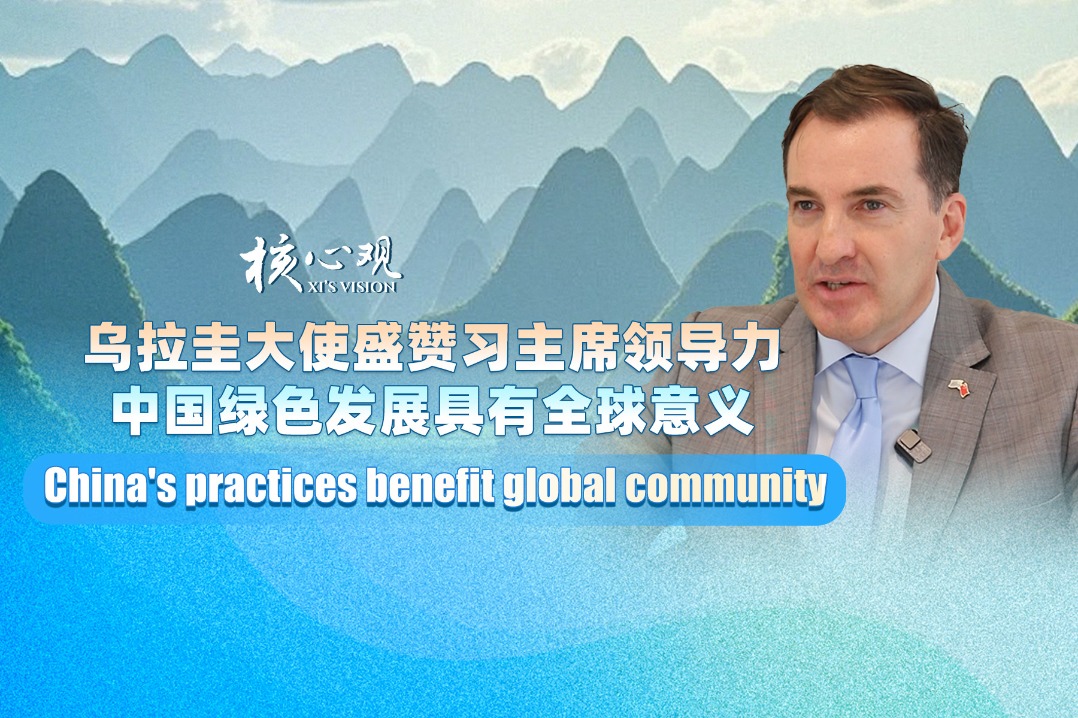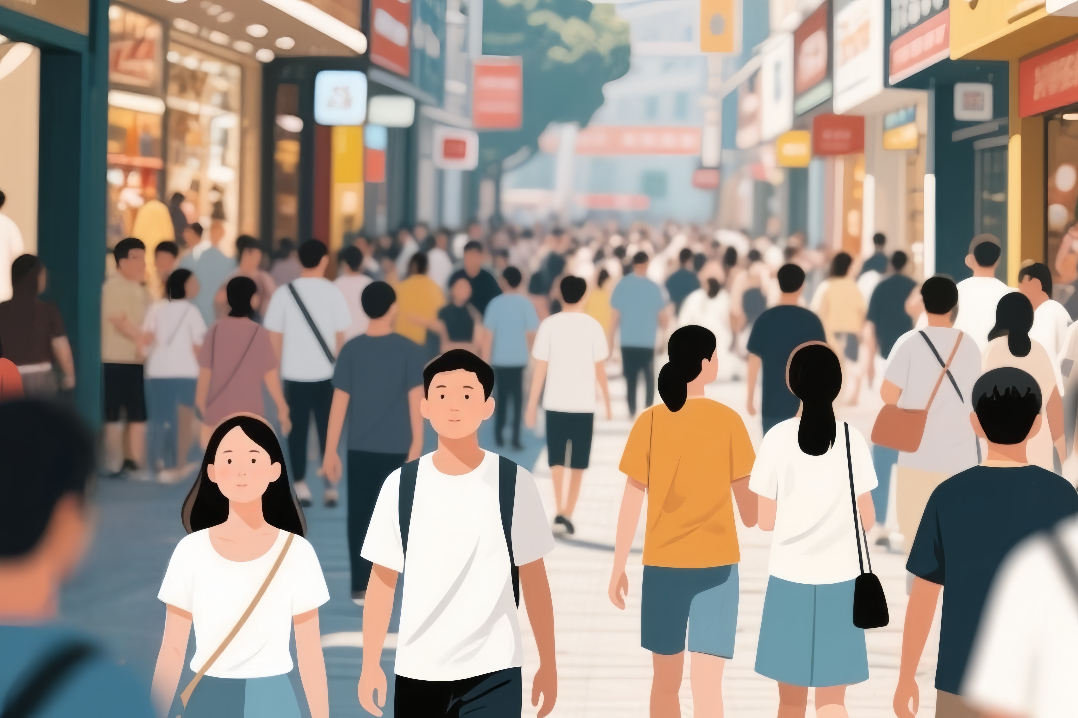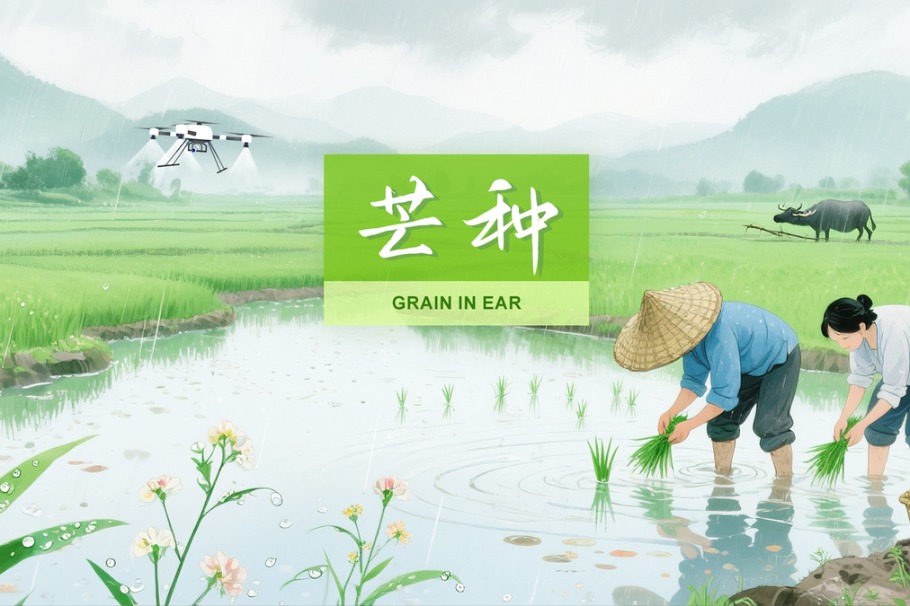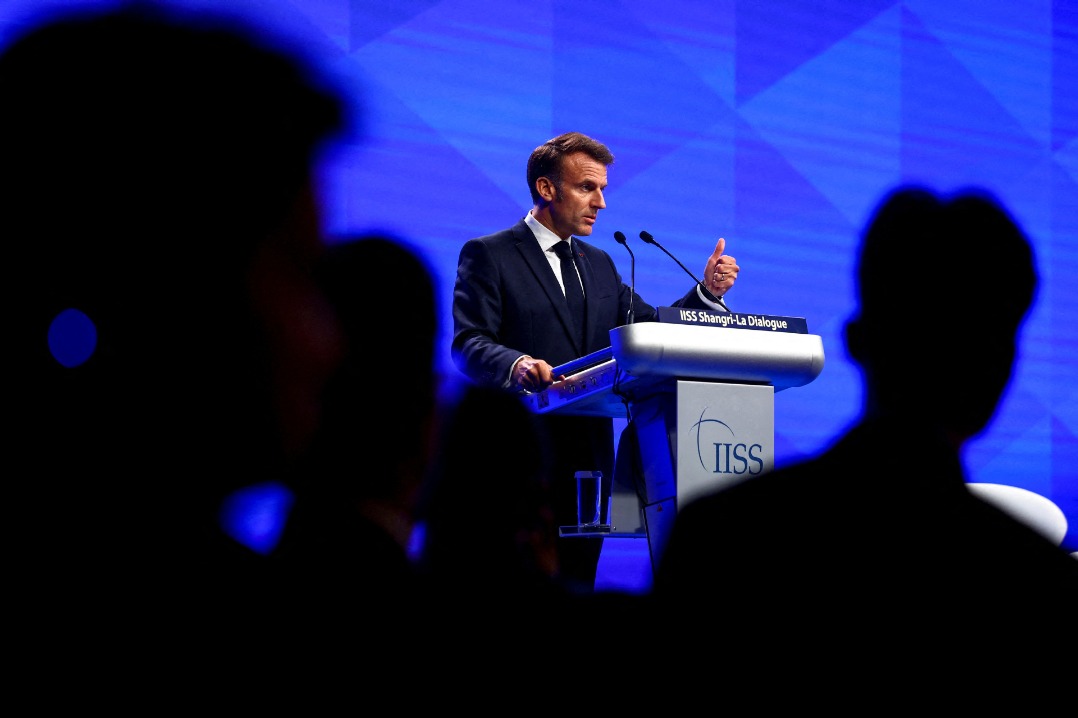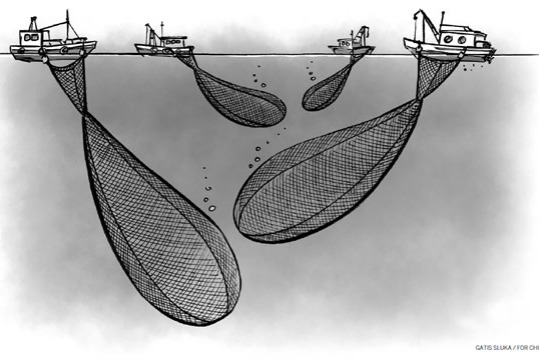China's 2018 economic outlook positive

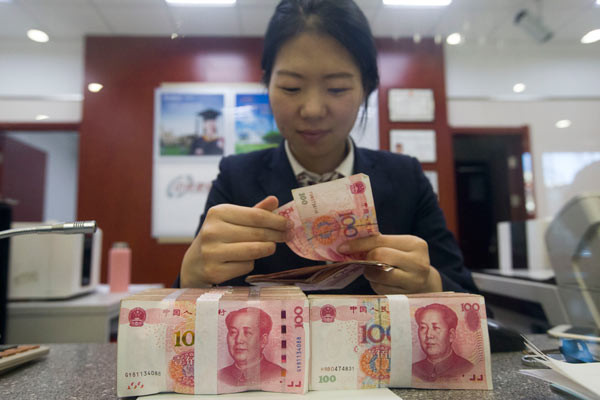
China should face a relatively favorable external economic environment next year, with global GDP growth, according to our (Oxford Economics) estimate, expected to increase to 3.2 percent in 2018. While global import growth is likely to slow next year, it should remain higher than in 2015-16, supporting export growth.
Domestically, policymakers are expected to remain focused on reducing financial risks and deleveraging parts of the financial system. But China's leadership is likely to remain committed to doubling GDP between 2010 and 2020. As a result, China's GDP growth target for 2018 is likely to be "around 6.5 percent" and policymakers may make efforts to gradually, rather than suddenly, slow down credit growth in the coming years.
Reflecting the gradual tightening of monetary and financial policy, China's domestic demand is expected to cool down next year, especially in real estate and infrastructure investment. With consumption momentum remaining solid, and outpacing investment, real GDP growth should ease from 6.8 percent this year to 6.4 percent next year.
While consumer price inflation is expected to rise in 2018, it should remain below the People's Bank of China's likely 3 percent target, and thus may not have major policy implications. And the sharp rise in output prices in heavy industry — boosted by recent production cuts to reduce pollution — is likely to moderate significantly in 2018. But, after having remained very limited, we expect spillover into output prices in other parts of the economy to increase somewhat, adding to inflation.
Assuming the US dollar remains broadly unchanged against other major currencies next year, the renminbi should hold its own against the greenback. But China is not likely to swiftly relax its policy on outflows because net financial outflows remain sizeable. And if the foreign exchange market faces renewed pressure, policymakers are likely to more forcefully clamp down on outflows instead of allowing significant currency depreciation.
Other key risks are faster slowdown in the real estate sector and trade friction with the United States. The Donald Trump-led US administration remains unhappy with US-China trade relations and is exploring ways to take policy actions that it believes will force change, including creating more barriers against Chinese exports.
While addressing the recent 19th National Congress of the Communist Party of China, General Secretary Xi Jinping called for "more emphasis on quality and equality as opposed to quantity" in the decades ahead. The quality and equality aspects will influence China's economic policy in the next 10 years.
One area of focus is on innovation, "made in China 2025" and moving up the value chain. Policymakers are also expected to make greater efforts to further increase people's access to healthcare, education and pension, as well as to better protect the environment and ecology.
Xi also said China will further open up its economy and markets. The recent move to remove foreign ownership limits on banks and raising those on other financial institutions to 51 percent underscores this commitment. That Xi also vowed to strengthen socialism with Chinese characteristics in the country means a greater role for State-owned enterprises in the economy and their adherence to the CPC leadership.
China's pursuit of an economic model with a tight link between the State and businesses could complicate its further integration in the global economy in the coming decades, as the rules that govern the current international trading and investment system are based on a separation between states and the corporate sector.
China's leadership also seems committed to continuing "supply side reform", including cutting capacity and production in heavy industry, partly in order to reduce pollution. While this will weigh on growth of industrial output and corporate investment, it should continue to support profit margins.
The supply-side reform overlaps with the SOE reform, with efforts to improve profitability and close down "zombie enterprises" leading to capacity consolidation, closure and mergers and acquisitions among SOEs. But SOE reform will remain guided by objectives such as ensuring that the SOEs remain pillars of the economy.
The author is head of Asia Economics, Oxford Economics.
















